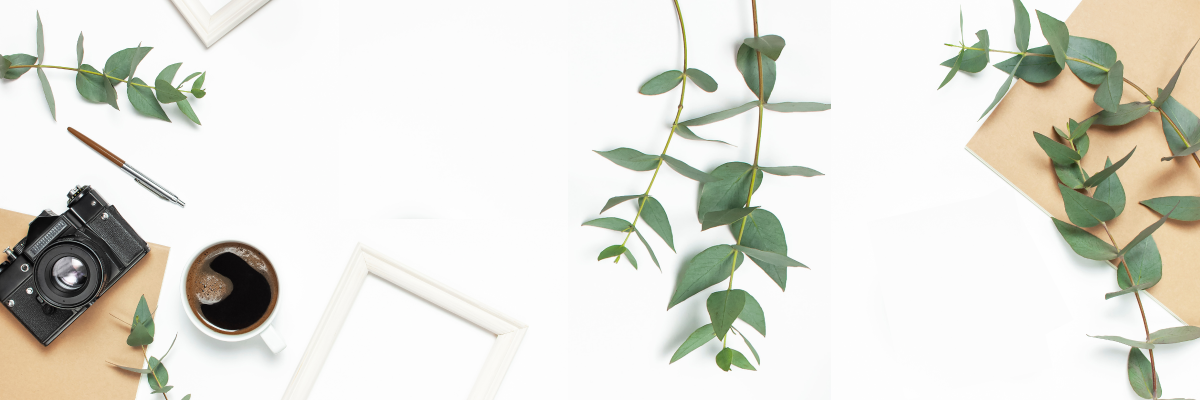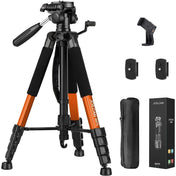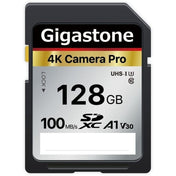As a photographer, one of the most important decisions you make when capturing an image is choosing the right camera mode. With so many options available on your trusty camera, it can be overwhelming to know which one to use in different situations. But fear not, fellow shutterbugs! In this article, we will delve into the world of camera modes and help you navigate through the maze of options.
1. Auto Mode: The Beginner's Best Friend
Let's start with the easiest mode of them all - Auto mode. This mode is perfect for those just starting their photography journey or for situations where you want to quickly capture a moment without worrying about settings. In Auto mode, your camera takes control of all the settings, from aperture and shutter speed to ISO. It does all the thinking for you, ensuring you get a decently exposed image.
However, keep in mind that Auto mode might not always produce the best results. It lacks the creative control that other modes provide, so if you want to take your photography skills to the next level, it's time to explore the other options.
2. Aperture Priority (Av/A): Control Depth of Field
Aperture Priority mode is a favorite among many photographers, and for good reason. In this mode, you have control over the aperture setting while the camera takes care of the rest. Aperture refers to the size of the opening in the lens that allows light to enter. It not only affects the amount of light but also determines the depth of field in your image.
By adjusting the aperture, you can create stunning images with a shallow depth of field, where the subject is in sharp focus while the background is beautifully blurred. This is perfect for portraits or when you want to isolate your subject from its surroundings. On the other hand, a smaller aperture will give you a larger depth of field, ensuring everything from the foreground to the background is in focus, ideal for landscapes.
3. Shutter Priority (Tv/S): Freeze or Blur the Action
When it comes to capturing motion, Shutter Priority mode is your go-to option. In this mode, you control the shutter speed, and the camera takes care of the rest. Shutter speed refers to the length of time the shutter remains open, determining how much light reaches the camera's sensor.
If you want to freeze fast-moving action, such as a speeding car or a flying bird, you'll need a fast shutter speed. On the other hand, if you want to capture motion blur, such as the silky smooth flow of a waterfall or the streaks of light from moving vehicles at night, a slow shutter speed is the way to go. Experiment with different shutter speeds to add a sense of dynamism to your images.
4. Manual Mode: Take Full Control
If you're ready to take complete control over your camera settings, Manual mode is your best friend. In this mode, you have control over every aspect of your exposure. You set the aperture, shutter speed, and ISO, allowing you to fine-tune your images to perfection.
While Manual mode can be intimidating at first, especially for beginners, it offers unparalleled creative freedom. It allows you to push the boundaries of your photography and experiment with different settings to achieve your desired results. With practice and patience, you'll become more confident in harnessing the power of Manual mode.
5. Program Mode: A Blend of Control and Convenience
Program mode is a somewhat underrated option that strikes a balance between the convenience of Auto mode and the control of Manual mode. In this mode, the camera selects the appropriate shutter speed and aperture based on the scene, but you still have the flexibility to adjust other settings like ISO and exposure compensation.
Program mode is great for situations where you want a bit more control over your settings but don't want to fuss over every detail. It's a handy mode to have in your arsenal, especially for unpredictable shooting conditions.
Conclusion: Embrace the Versatility
Now that you're armed with knowledge about the different camera modes, it's time to put them into practice. Each mode offers its own unique advantages and can help you achieve the desired effect in different scenarios. Don't be afraid to experiment and step out of your comfort zone. Remember, it's through exploration and practice that we grow as photographers.
So, whether you're a beginner or a seasoned pro, take advantage of the versatility your camera offers. Switch between modes and see how they affect your images. Embrace the creative possibilities and let your imagination run wild. Happy shooting!












